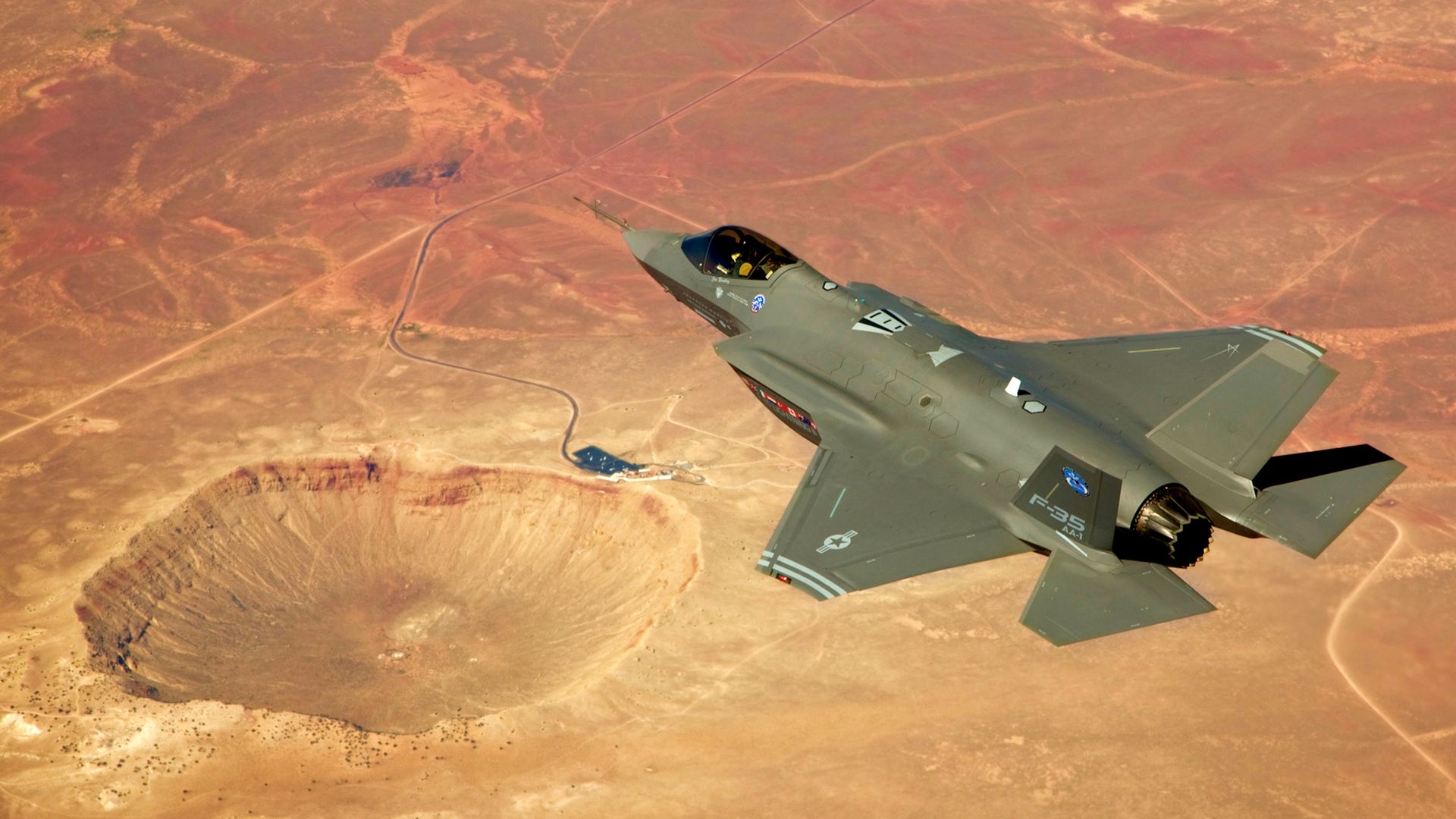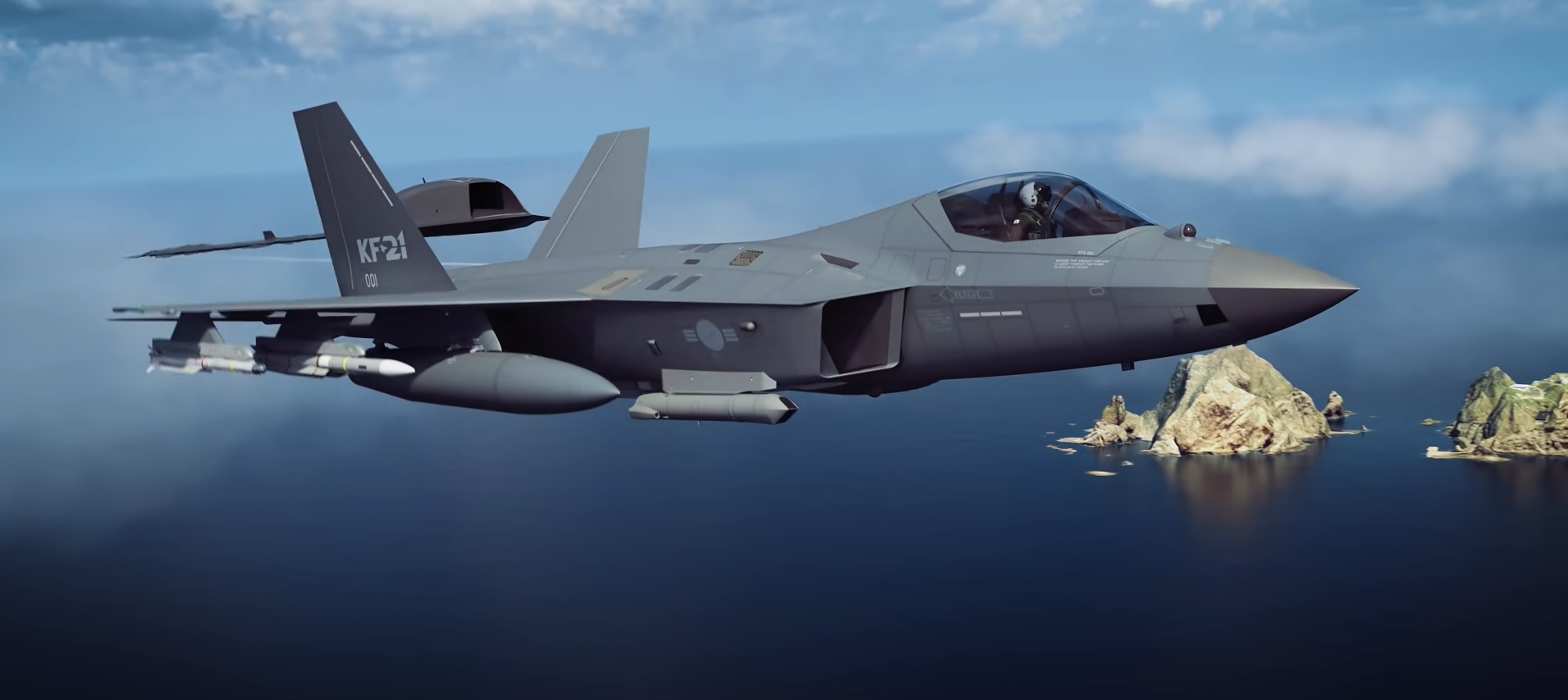Poland is increasing its defense spending to four percent of GDP and intends to purchase two more squadrons of multi-role combat aircraft to secure the eastern flank of NATO. The frontrunners for the deal are the American F-35, F-15EX, and the South Korean KF-21 Boramae.
Polish defense minister Mariusz Blaszczak, the deputy prime minister, said on public radio that Polish armed forces need at least two more squadrons of multi-role combat aircraft. No decision has been made on the type of aircraft that will be purchased, the defense minister said, underscoring the importance of arming the Polish armed forces to deter an aggressor.
Poland currently has 48 F-16 fighter jets. Poland ordered 32 F-35A multi-role fighters from US defense company Lockheed Martin under a US$4.6 billion deal in January 2020.
Polish crew had so far trained on F-35 simulators but would “soon begin practice on real-life aircraft.” The first F-35s are slated for delivery to the Polish Air Force in 2024.
“We have 48 FA-50s ordered; 12 aircraft will arrive this year. Some are already in the Polish Air Force, but still too few,” Blaszczak said. “We need at least another two squadrons of multi-role aircraft. What kind of planes they will be, we are working on the details.”
Earlier this month, Polish President Andrez Duda announced that the Polish government plans to spend PLN 137 billion (Euro 29.60 billion) on defense, representing four percent of the country’s GDP next year.
Earlier in April 2023, sending off the first group of pilots to the US for training on F-35s, Blaszczak had heaped praise on the F-35s. He said the F-35s were “the best fighter jets in the world,” designed for “network-centric warfare.”
He stated: “The F-35 fighter jets will fundamentally raise the combat potential of Poland’s defense system and strengthen security in our region.”

So, it will not be surprising if Poland opts for the F-35. But the defense ties between Poland and South Korea have also been soaring, with the European country opting for a lot of Korean military hardware.
In August 2023, two South Korean companies signed a US$5.76 billion contract with Poland to export tanks and howitzers as Warsaw ramps up arms imports amid tensions with Russia. Poland also bought 48 FA-50 light combat aircraft under the deal.
“We will accelerate the delivery of F-35s. In the long term, we plan to acquire additional F-35s or F-15s. And we are closely monitoring the progress of our South Korean partners on the KF-21 Boramae,” he said. Blaszczak also noted that it is currently impossible to get new F-16s because Lockheed Martin is focusing on F-35 production.
“I have discussed this topic with our American partners many times. We can’t wait for the (Korean) FA-50 to be delivered next year. For example, Slovakia’s deliveries of F-16s are delayed to such an extent that a pair of Polish fighters on duty will have to patrol Slovakia’s airspace within ally cooperation,” he added.
The KF-21 does have stealth features, but they are not on par with the stealth of the F-35. The twin-engine South Korean combat jet intends to fill the gap between the F-35 and the F-16 in terms of capabilities and is expected to be cheaper than the F-35, the sustainment cost of which is a cause for concern in the US. The KF-21’s weapons will be carried externally on six under-wing and four under-fuselage hardpoints.
KF-21 Boramae
South Korea rolled out the prototype of its next-generation indigenous fighter jet, KF-21 Boramae, in 2021, and it undertook its first flight in 2023. Boramae means “Hawk” in Korean, and it was earlier named the KF-X.

Boramae is one of the most ambitious defense projects that South Korea has embarked on. The initial version of the aircraft is scheduled to be ready by 2026.
The Republic of Korea Air Force (ROKAF) is expected to induct 40 KF-21s by 2028 and have the entire fleet of 120 aircraft deployed by 2032. The aircraft are urgently required to replace aging F-4E Phantom II and F-5E/F Tiger II fighters.
Poland has already purchased FA-50 and has been expressing keen interest in KF-21s. It remains to be seen if Poland’s defense planning is congruent with the timeline for the South Korean jet’s development.
Poland has also been hedging its bets. Instead of opting for usual European allies for the purchase of weapons and platforms, Warsaw is forging closer ties with Korea. Rather than getting more comparable to Europe’s traditional heavyweights, policymakers in Seoul seem to want Warsaw to become its gateway to the West, or at least to Central Europe’s regional market.
Poland has also sought technical specifications of the aircraft from South Korea as the former expressed intent to join the development program for KF-21. Poland joining the development program will be a welcome development for South Korea as Indonesia has proven to be an unreliable partner in financing the project.
However, Polish defense spending is expected to increase, a fact not lost on South Korean aerospace makers. Also, the technical know-how of developing and manufacturing a fighter jet will be a good opportunity for Warsaw.
- Ritu Sharma has been a journalist for over a decade, writing on defense, foreign affairs, and nuclear technology.
- She can be reached at ritu.sharma (at) mail.com




